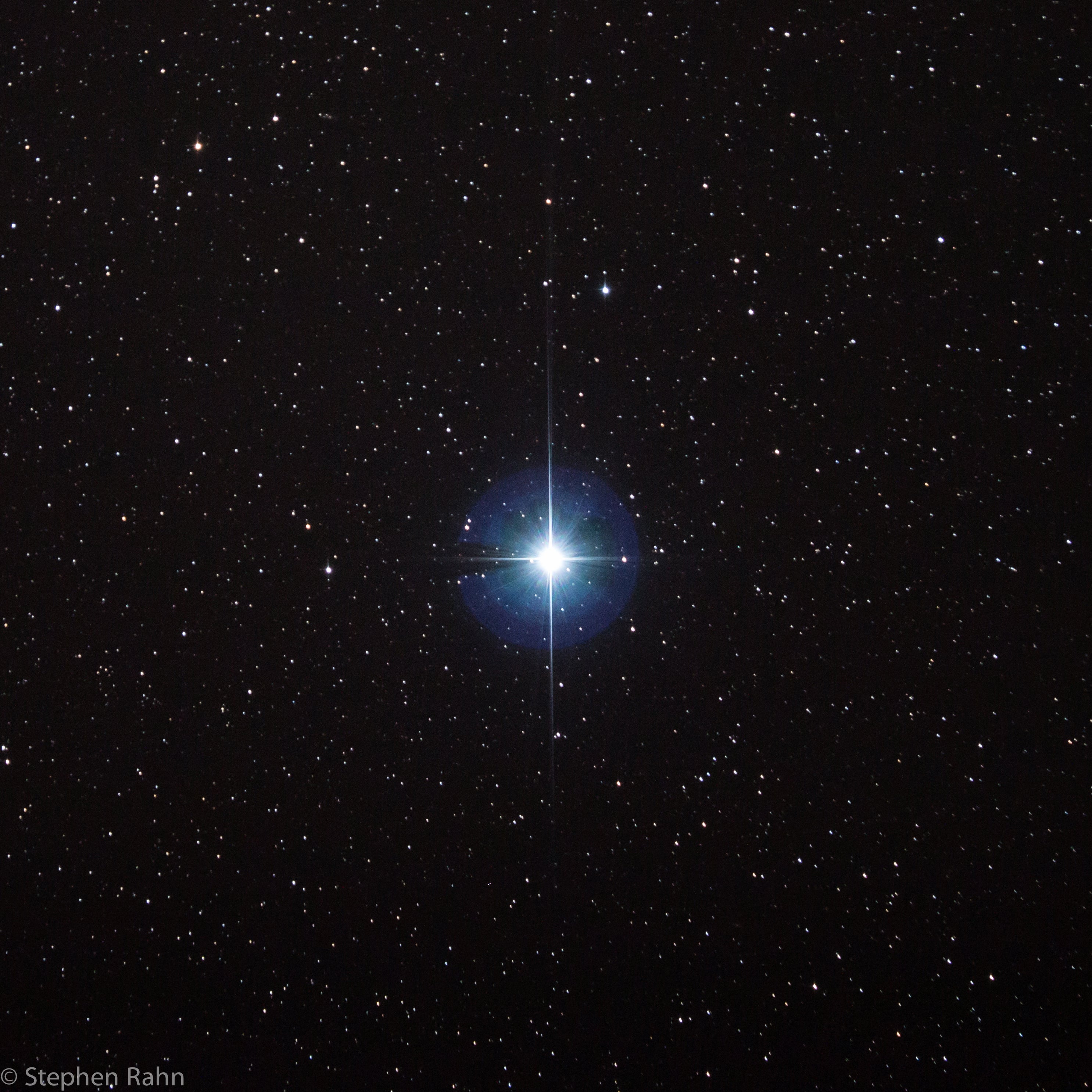
To astro-beginners, the night sky can seem like a funhouse of random dots. For those starting out in the astronomy hobby — maybe you bought a cool telescope and suddenly want to know the sky — there can seem little rhyme or reason beyond the easy-peasy patterns like the Big Dipper and Orion’s Belt.
Once you learn just a little more, you may start to realize that the sky can be cataloged. But while it can be simple to learn, say, the stars and constellations, it’s harder to get rock solid when it comes to things like locating the celestial equator or knowing the B-V star color system. It sure would be nice if someone had stuck a few Post-it notes up there.
Well, guess what? Someone sort of did.
Let’s explore celestial reference points using stars you already know. Take the magnitude system, for example. We’ve all gotten used to the counterintuitive fact that the higher a star’s magnitude, the fainter it is. The dimmest naked-eye stars are usually listed as magnitude 6 while the very brightest, Sirius, is magnitude –1.5, a negative number.
But what is the system’s starting point? Where is zero?
It’s Vega, the brightest star of the great Summer Triangle. Stellarium and some other catalogs list it as magnitude 0.00, a zero right on the nose. Other references place it a few hundredths of a degree higher, but still exactly 0.0 when rounded to the nearest tenth of a magnitude. But Vega goes beyond being a reference point for stellar brightness. On the B-V star-color scale, which drifts from higher positive numbers for redder stars to negative numbers for blue ones, Vega’s B-V color index is 0.00. Amazingly, Vega is a reference point for star color, too! It’s like the platinum bar in France once used to define the standard meter.
There’s even more. It’s hard to visually pinpoint the zenith, the spot precisely overhead. Well, Vega comes close to that position for everyone who lives between 35° and 42° north latitude, meaning much of the U.S. For those many millions of observers, Vega sits within 2° of the exact zenith every single day or night.
But don’t get too comfortable — Vega is not the zero point of every system. For instance: Let’s explore the celestial equator, the imaginary line that’s straight overhead for everyone on Earth’s equator. Only stars on the celestial equator can be seen by everyone in the world — even the Arctic and the Antarctic. To locate this important celestial marker, whose declination is zero, simply identify one of the bright stars that sit less than a degree from it. Here, your reference stars are the rightmost member of Orion’s Belt, Mintaka, which is less than a third of a degree below the celestial equator; and the brightest star of Aquarius, Sadalmelik, which is also less than a third of a degree below the sky’s midpoint. And there’s even a third one: Zeta (ζ) Virginis, the Virgo star to the upper left of bright Spica. It hovers just over half a degree below that reference line.
Now, let’s talk motion. If you want to know which way the Sun and Earth are zooming through space, all you need to do is look back to Vega. Yep — let’s award that Summer Triangle star yet another distinction. Our speed toward that part of the sky is 1/13 of the Sun’s 144 mile-per-second (232 kilometers per second) orbital motion around the galactic center, so it’s like a bit of a sideslip as we partake of the Milky Way’s rotation.
Let’s end with something more local. How about our orbital motion around the Sun? Which way is that carrying us? That one’s easy if you’re vacationing in the tropics. At dawn, simply look overhead, and you’re in the pilot’s seat in our orbit, facing forward on Starship Earth.









